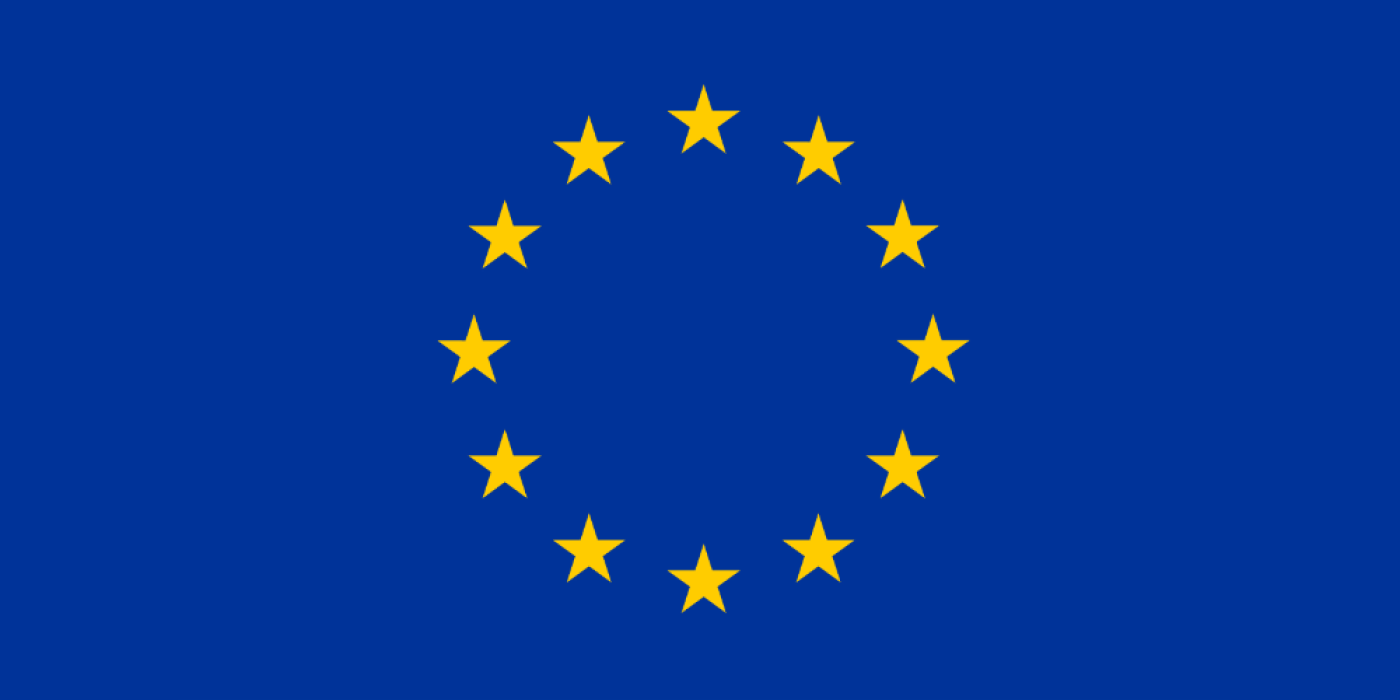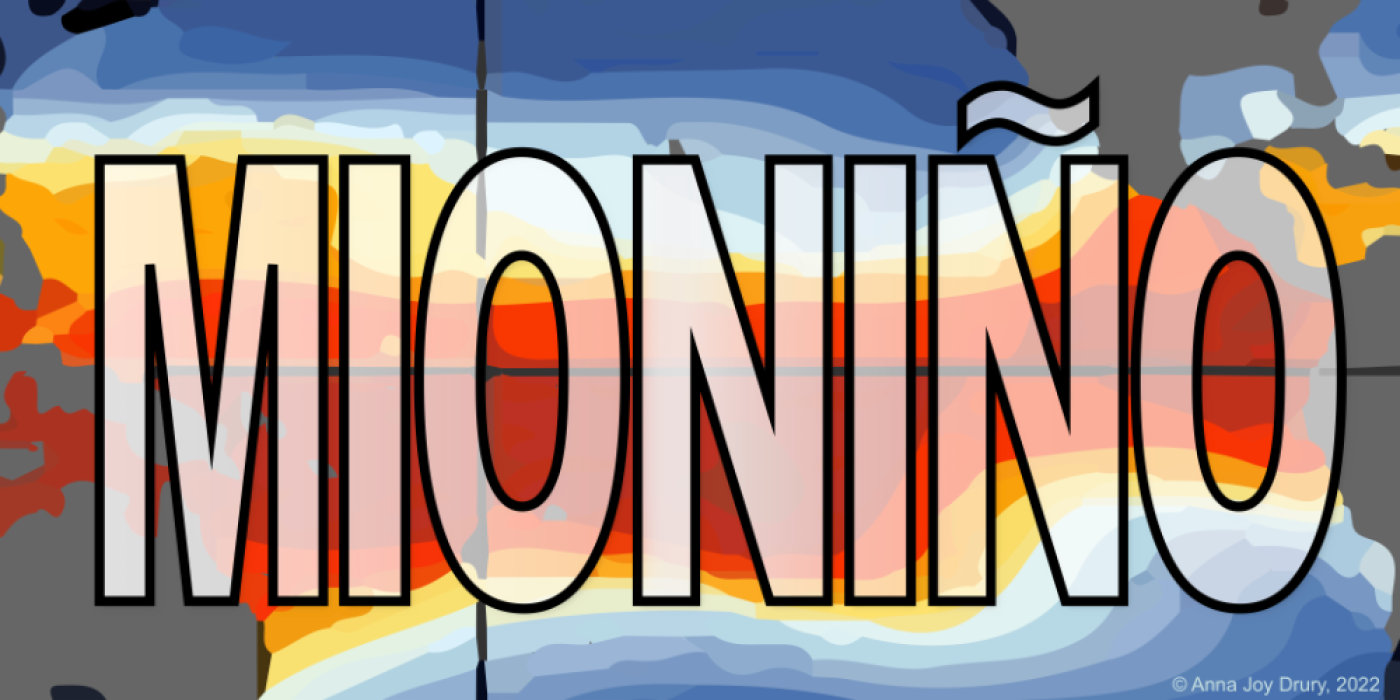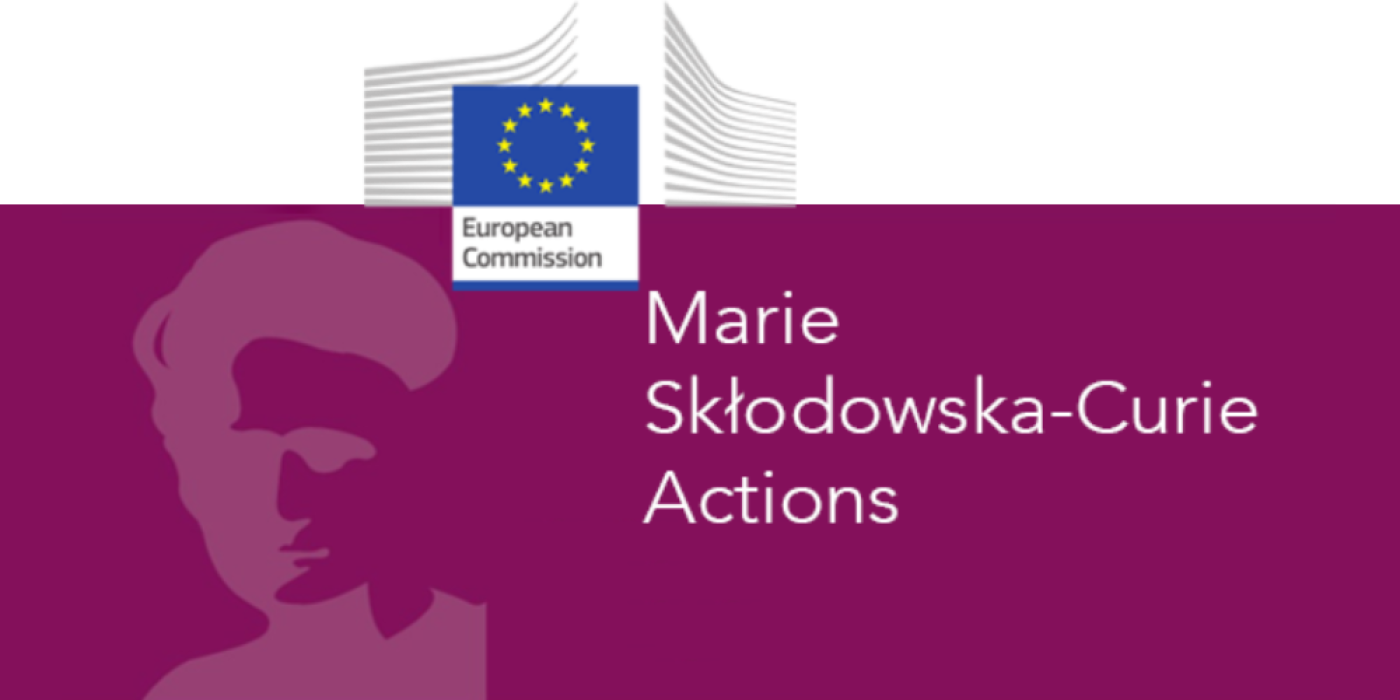MIONIÑO - Resolving the debate on a permanent El Niño-like state in the late Miocene



MIONIÑO
'Resolving the debate on a permanent El Niño-like state in the late Miocene: establishing equatorial Pacific conditions, driving forces and global impacts.'
This project has received funding from the European Union’s Horizon 2020 research and innovation programme under the Marie Sklodowska-Curie grant agreement No 796220 (https://doi:10.3030/796220).
PI: Anna Joy Drury
Co-I: Bridget Wade
Summary
Aim: A key dispute in palaeoclimate research is whether or not a permanent El Niño-like state, with warm waters spreading across the equatorial Pacific, existed during the Late Miocene. Late Miocene climate was similar to the 4°C warming predicted for 2100 by the IPCC. As today’s El Niño causes global climate anomalies, a permanent El Niño-like state in the past may have had serious, global consequences, such as widespread aridity. MIONIÑO will test the existence of a late Miocene permanent El Niño-like state using geochemical microfossil records from recently recovered Western Pacific Warm Pool (WPWP) sediments to assess equatorial Pacific conditions, their driving forces and global impacts. MIONIÑO will advance past and future climate change research. Resolving the debate on permanent El Niño-like conditions in the Late Miocene will discern whether warm El Niño events will become more frequent or evolve into a new mean state. Assessing causal links between permanent El Niño-like conditions and increased continental aridity will improve the future climate models that underpin climate mitigation and adaptation strategies globally. MIONIÑO can further help us understand the true societal impact of more frequent or even permanent El Niño-like conditions.
Project results will be added to this webpage as they appear. Please note, any dissemination of MIONIÑO's results only reflect the author's view. The European Research Executive Agency is not responsible for any use that may be made of the information it contains.
Useful links:
 Close
Close

